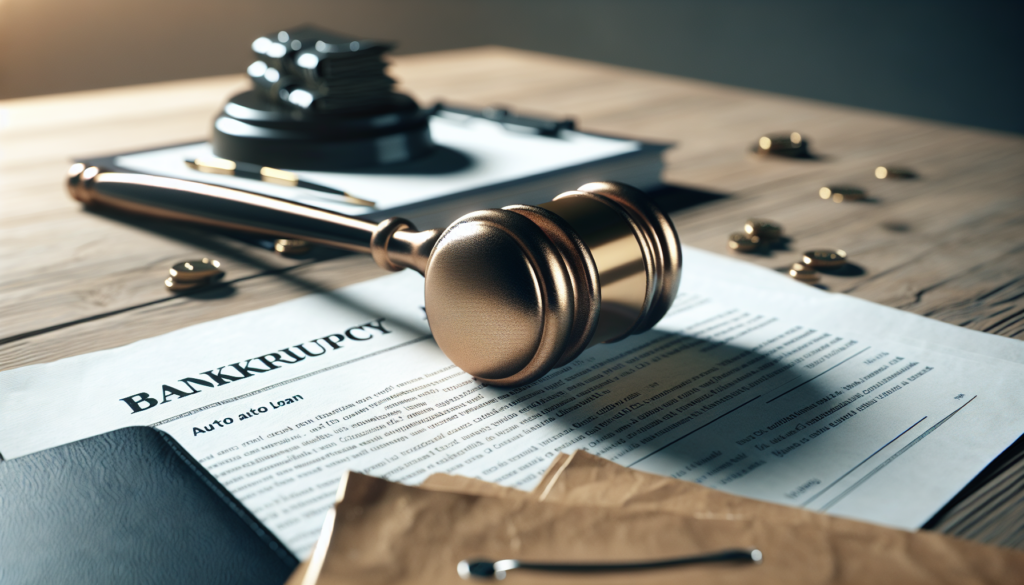
Filing for bankruptcy can effectively stop collections actions against you through a legal mechanism known as the “automatic stay.” The automatic stay is one of the most immediate and powerful protections that come into effect the moment your bankruptcy petition is filed with the court. Here’s how it works to halt collections:
Immediate Effect of the Automatic Stay
As soon as you file for bankruptcy, the automatic stay automatically stops most creditors from continuing with collection actions against you. This includes:
- Halting Foreclosure: If you’re facing foreclosure, filing for bankruptcy will temporarily stop the process, giving you time to either negotiate with the lender in a Chapter 13 bankruptcy or decide on your next steps in a Chapter 7 bankruptcy.
- Stopping Repossession: Creditors must cease efforts to repossess property, such as your car, giving you a chance to catch up on payments through a Chapter 13 repayment plan or negotiate other arrangements.
- Ending Wage Garnishment: With a few exceptions (like child support and alimony), wage garnishments are stopped. This can provide immediate financial relief by ensuring you receive your full paycheck.
- Ceasing Lawsuits: Most lawsuits against you for debt collection are halted, preventing creditors from obtaining judgments that could lead to bank levies or additional wage garnishments.
Examples of How the Automatic Stay Stops Collections
- Example 1: John is behind on his mortgage and receives a foreclosure notice. By filing for Chapter 13 bankruptcy, the automatic stay halts the foreclosure process, and John can propose a plan to catch up on his missed payments over time.
- Example 2: Sarah’s car is at risk of repossession due to missed payments. Filing for bankruptcy invokes the automatic stay, stopping the repossession. In her Chapter 13 plan, Sarah arranges to make up the arrears, keeping her car.
- Example 3: After losing his job, Michael faces wage garnishment from multiple credit card debts, significantly reducing his take-home pay. Filing for Chapter 7 bankruptcy stops the garnishments, allowing him to use his income for essential living expenses as he seeks new employment.
- Example 4: Emily is sued by a credit card company for unpaid debt. Before the court issues a judgment, she files for bankruptcy, stopping the lawsuit in its tracks through the automatic stay. Depending on her bankruptcy chapter, she might discharge the debt in Chapter 7 or repay it under more favorable terms in Chapter 13.
Limitations of the Automatic Stay
While the automatic stay is a powerful tool, it has limitations:
- Certain Debts Unaffected: Child support, alimony, and certain tax proceedings can still proceed despite the automatic stay.
- Temporary Relief in Foreclosure: In Chapter 7, the relief from foreclosure is temporary, as the lender can request the court to lift the stay and proceed with foreclosure if you cannot catch up on payments.
- Serial Filings: If you’ve filed for bankruptcy multiple times within a year, the automatic stay may be limited or not apply without taking additional legal steps.
The automatic stay is a critical component of the bankruptcy process, offering immediate relief from collection actions, giving debtors breathing room to reorganize their finances, and providing a path to start fresh. However, navigating bankruptcy and maximizing the benefits of the automatic stay require careful planning and understanding of the law. Consulting with a bankruptcy attorney can help ensure that you’re taking the right steps to protect yourself and your assets during this challenging time.

Get a Free Bankruptcy Case Evaluation